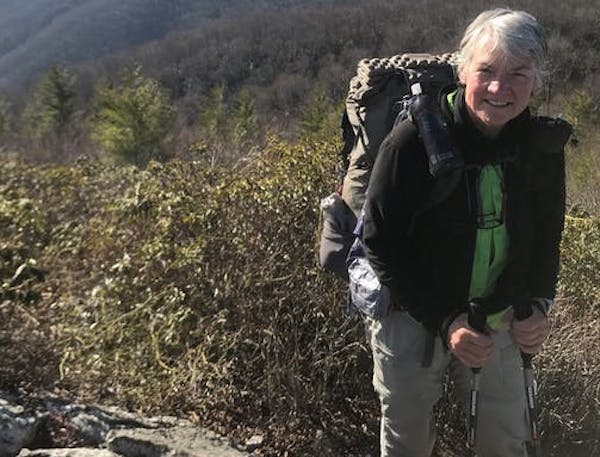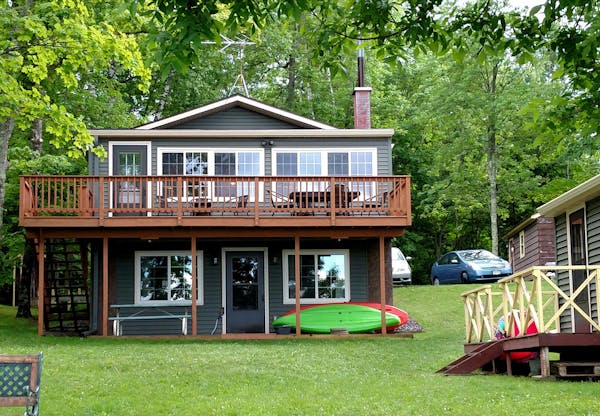 See
more of the story
See
more of the story
Established in a time of crisis, after greed, ignorance and drought combined to decimate North American waterfowl populations, the Migratory Bird Hunting and Conservation Stamp — Federal Duck Stamp, as it's more commonly known — has served this nation well since its debut in 1934.
Hope for a rebirth of U.S. wetlands accompanied the signing that year by President Franklin D. Roosevelt of the Migratory Bird Hunting Stamp Act.
Or, if not rebirth, at least a halt to destruction of the continent's fast-diminishing marshes, bogs, sloughs and estuaries.
Less majestic, some would say, than mountains or even lakes or prairies, these wet areas, some only seasonally so, and their life-supporting values were poorly appreciated at the time. Decades would pass before ecologists and other scientists fully understood the critical role wetlands play in the hydrologic cycle upon which plants and wildlife depend, and also people.
Odd, then, given the importance of these areas, that the responsibility of saving them would fall not to the citizenry at large, but to a small portion thereof: duck hunters. So it remains, generally, today.
Since 1934, the sale of Federal Duck Stamps, which among various other state licenses and stamps are required to hunt waterfowl in the U.S., has raised about $1.4 billion to protect more than 5.8 million acres of wetlands and related habitat. Included are 3.3 million acres of federal Waterfowl Production Areas, 260,000 acres of which are in Minnesota.
The funds also have preserved 5,400 acres of wetland habitat in federal migratory bird refuges, about a dozen of which are in Minnesota.
Administered by the U.S. Fish and Wildlife Service, the Federal Duck Stamp was produced in-house by the service until the stamp design competition was begun in 1949.
By far, the stamp program is the longest-running and most successful habitat conservation effort in the nation's history.
So, why mess with it?
Which is precisely what the Fish and Wildlife Service will do if it follows through on an ill-conceived plan to require artists beginning next year who submit designs for the annual stamp to include hunting elements in their paintings.
Ostensibly an attempt to honor the role waterfowlers have played in the program, the design-change proposal has the potential instead to turn off non-hunting buyers and collectors of the stamp — this at a time when more conservation contributors are needed, not fewer.
Moreover, by now hunters realize full well the extent to which American habitat preservation and enhancement depends disproportionately on them and their financial contributions. Rather than being "honored," they'd be happy enough if others joined the conservation fight by purchasing a $25 Federal Duck Stamp.
Except in 2018, when the Fish and Wildlife Service, in tribute to waterfowlers, required artists to include hunting elements in their submissions, rules of the competition generally have been straightforward: One of a handful of designated waterfowl species must be depicted; the chosen bird must be presented as "alive"; and the painting can feature no writing or numbers.
Which is how it should be. A duck (or goose, swan or merganser) presented in one of its many natural elements is and always has been the program's focus, with one primary exception.
Responding to a Fish and Wildlife Service request in 1959 to artists to include retrieving dogs in their submissions, Iowa wildlife artist Maynard Reece won the Federal Duck Stamp competition with a painting featuring the two-time (1952, 1953) National Field Champion, Amateur Field Champion black Labrador King Buck, holding a felled drake mallard in his mouth.
Even casual observers of the Federal Duck Stamp program know Minnesotans have won more of these contests than artists from any other state. Most recognizable, and famous, among these are the Hautman brothers, Jim, Joe and Bob, who combined have won the federal contest a dozen times.
Among other Minnesotans who have won the competition, including two-time winner David Maass, the Hautmans are both real-deal artists and longtime hunters.
Indeed, their ability to depict waterfowl in manners that not only win contests but inform viewers of the inherent majesty of these birds depends in many ways on the days they spend afield, gun in hand. These experiences, they will tell you, help them fully appreciate the angle of a bluebill's wings as it approaches a set of decoys, the bittersweet hues of an October sunrise and the subtle burnt sienna coloration of a drake canvasback's head.
"I think they [the Fish and Wildlife Service] should leave any hunting elements included in a stamp design as optional," Maass said. "I feel very strongly about that."
Maass, who lives in the west metro, questions in any event what a "hunting element" is.
"A duck or two, some windy skies, with rushes below," he said. "That to me is as much of a 'hunting element' that you need. If someone wants to do more than that, and does a good job at it, fine. But don't make it mandatory."
The Fish and Wildlife Service will decide next month whether to formally propose the stamp competition change. If so, a public comment period will follow, a service spokesperson said last week.
Stay tuned.
Dennis Anderson • 612-673-7899






